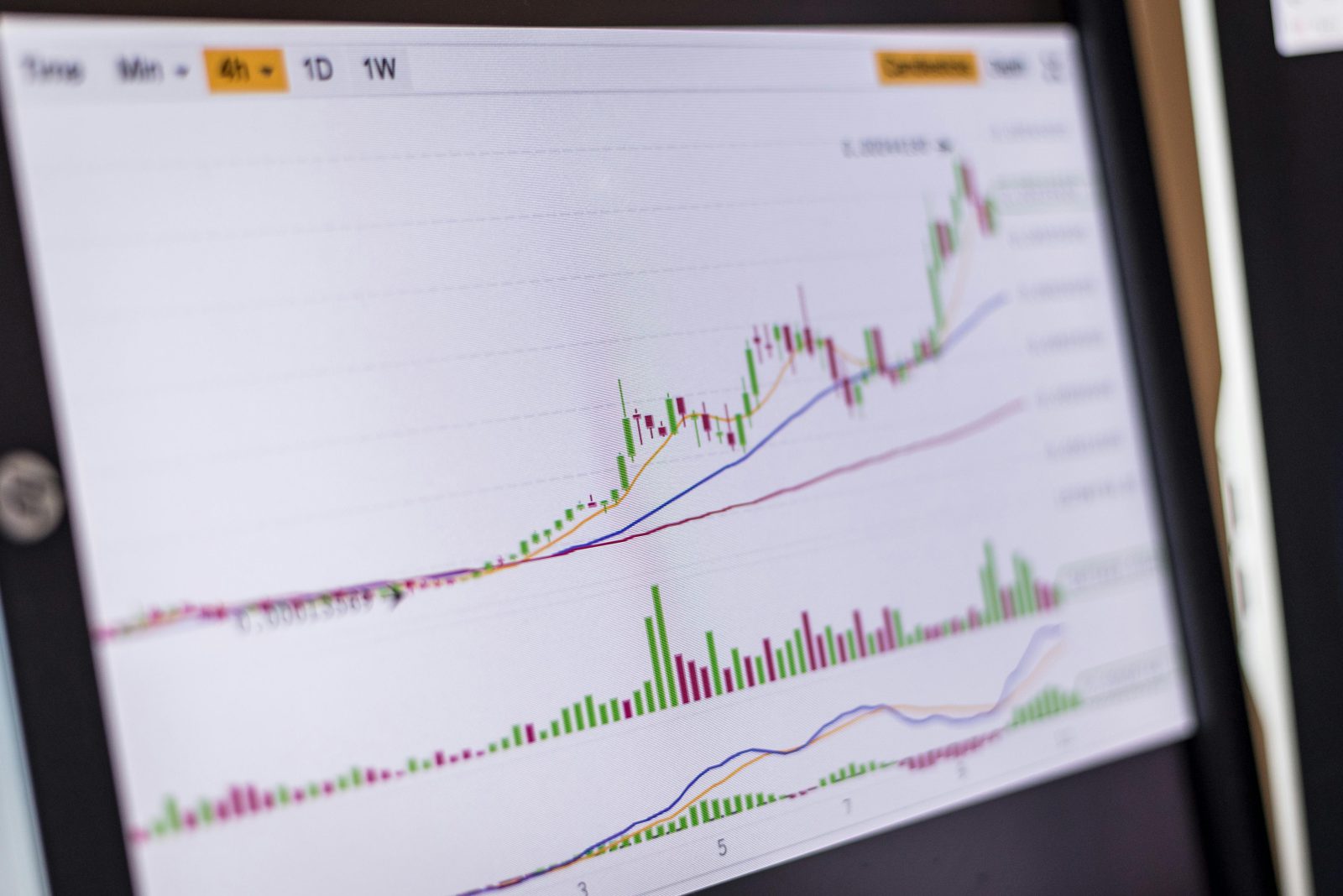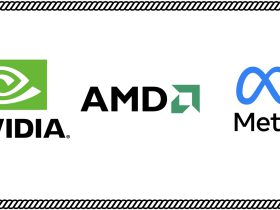One of the standout features of the current bull market is the surge of big tech stocks driving the next wave of artificial intelligence (AI) innovation. Major players like Nvidia, Microsoft, Alphabet, Amazon, and Meta Platforms have become central figures in this advancement. Together, these companies have contributed to 63% of the S&P 500’s gains in the first half of 2024.
This rapid growth has pushed market concentration to levels not seen since the 1970s. Although these big tech companies have delivered solid earnings and driven stock prices higher, history shows that such market concentration trends eventually reverse. One key indicator suggests that a market shift may be on the horizon.
U.S. Money Supply is Growing Again
According to Khuram Chaudhry, head of European Quantitative Strategy at J.P. Morgan, slowing money supply growth is often tied to rising market concentration in just a few large stocks.
Think of it from a business owner’s perspective: when the money supply is tight, businesses have less access to capital to fuel growth. Larger businesses, however, generate enough cash flow from operations and don’t depend as much on external funding. This dynamic benefits the biggest companies, especially in capital-intensive sectors like AI, which have been driving the current bull market.
In 2020, the U.S. money supply grew rapidly as government stimulus checks flooded the economy and the Federal Reserve slashed interest rates to zero. By 2021, however, these effects began to wane, leading to slower growth in M2 money supply. M2 represents cash in circulation, deposits, and easily accessible funds for both businesses and consumers.
The Federal Reserve’s focus on curbing inflation through higher interest rates further tightened the money supply, pushing M2 growth into negative territory by late 2022, where it remained through early 2024.
But now, the money supply is once again growing, and the pace is picking up. In April and May, M2 grew by 0.6% year over year, rising to 1% in June and 1.3% in July.
There are strong indications that this growth could accelerate further. Many expect the Federal Reserve to announce its first rate cut in this cycle during the September Federal Open Market Committee (FOMC) meeting, with futures markets pricing in at least a 1% reduction by year’s end.
Chaudhry’s analysis suggests that, as money supply growth picks up, we’ll likely see the market broaden beyond the big tech names. Here are three exchange-traded funds (ETFs) that could benefit from this shift.
1. Schwab Fundamental U.S. Large Company ETF

The Schwab Fundamental U.S. Large Company ETF (FNDX) takes a different approach to investing. Instead of tracking a market capitalization-weighted index like the S&P 500, it follows an index that ranks stocks based on fundamentals—adjusted sales, operating cash flow, and cash returned to shareholders. This results in a more balanced portfolio compared to the more concentrated S&P 500.
While large companies such as Apple, Microsoft, and Berkshire Hathaway still make up a significant portion of the portfolio (9.3%), the concentration is much lower than in the S&P 500, where these stocks account for 15.3%.
This fund is designed to be a contrarian play. It rebalances by adding more to stocks that have fallen in price relative to their fundamentals, while selling those that have surged ahead of their fundamentals. As a result, it leans more toward large-cap value stocks.
With an expense ratio of 0.25%, this fund is slightly more expensive than other index funds. However, investors could see it outperform the S&P 500 due to its broader exposure and less concentration on just a few big names.
2. Invesco S&P 500 Equal Weight ETF

The Invesco S&P 500 Equal Weight ETF (RSP) tracks an equal-weighted version of the S&P 500. Instead of weighting stocks by market cap, it invests equally in all 500 components. This means that the performance of smaller companies matters just as much as that of giants like Apple, Microsoft, and Nvidia.
The fund rebalances quarterly to maintain its equal-weight structure, ensuring it doesn’t stray too far from its objective.
Historically, the equal-weight index has outperformed the market cap-weighted S&P 500 over the long term, delivering an average annual return of 11.63% since its inception in 2003, compared to the S&P 500’s 11.06%. However, it has lagged behind in the past few years, largely due to the concentration of big tech stocks dominating the market.
If the market broadens and smaller companies outperform, this ETF stands to gain. With a low expense ratio of 0.2%, it offers an affordable way to invest in large-cap stocks as the money supply accelerates.
3. SPDR Portfolio S&P 600 Small Cap ETF

The SPDR Portfolio S&P 600 Small Cap ETF (SPSM) follows the S&P 600, an index focused on small-cap stocks. The S&P 600 comprises about 600 consistently profitable U.S. businesses with market caps ranging from $150 million to $8.8 billion.
Unlike other small-cap indexes, the S&P 600 has a profitability requirement, leading it to lean toward value stocks. Historically, small-cap value stocks have outperformed other segments of the market over the long term, and with accelerating money supply growth, they may be poised for another period of strong performance.
What makes the S&P 600 particularly appealing is its low valuation. While the S&P 500’s price-to-earnings ratio sits at 20.2 times forward earnings, the S&P 600’s forward P/E ratio is just 14.5. This valuation gap is among the largest in decades, making the small-cap index very attractive.
With an expense ratio of just 0.03%, the SPDR S&P 600 ETF is one of the cheapest ways to gain exposure to small-cap stocks, making it a strong candidate for those expecting smaller companies to benefit from a growing money supply.
With the U.S. money supply expanding once again and set to accelerate further, we may see a shift in market dynamics as investors move away from the top-heavy concentration of big tech stocks. As money becomes more accessible, smaller companies and value stocks are likely to regain attention. For investors looking to capitalize on these trends, the Schwab Fundamental U.S. Large Company ETF, Invesco S&P 500 Equal Weight ETF, and SPDR Portfolio S&P 600 Small Cap ETF offer excellent opportunities for diversified exposure across different segments of the market. By strategically positioning portfolios with these ETFs, investors can potentially benefit from the next phase of market broadening, driven by the easing money supply and a more inclusive market environment.






